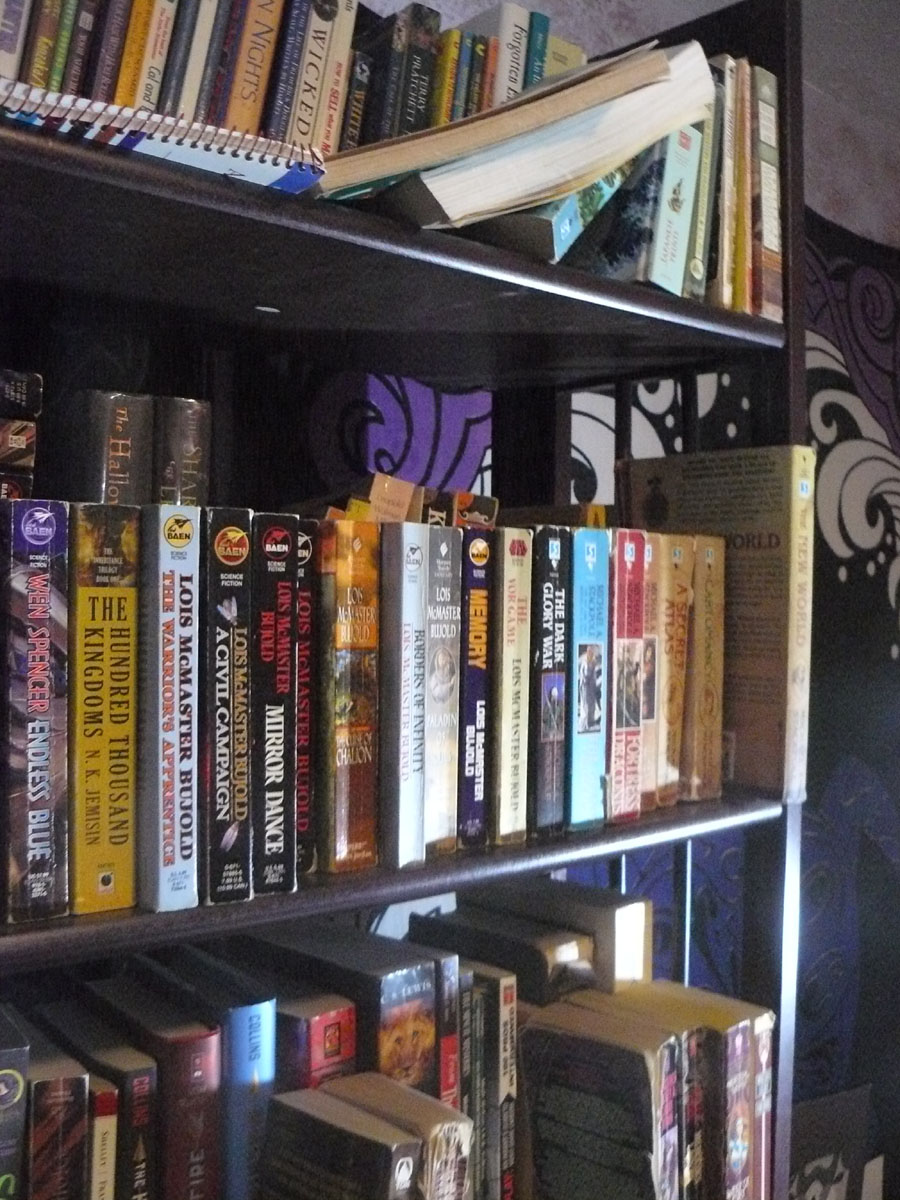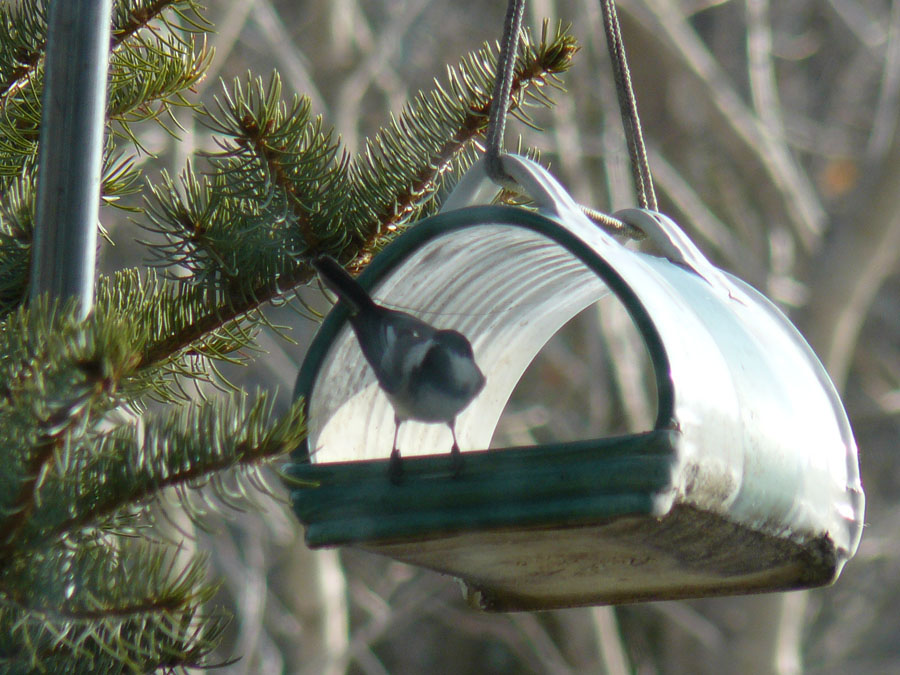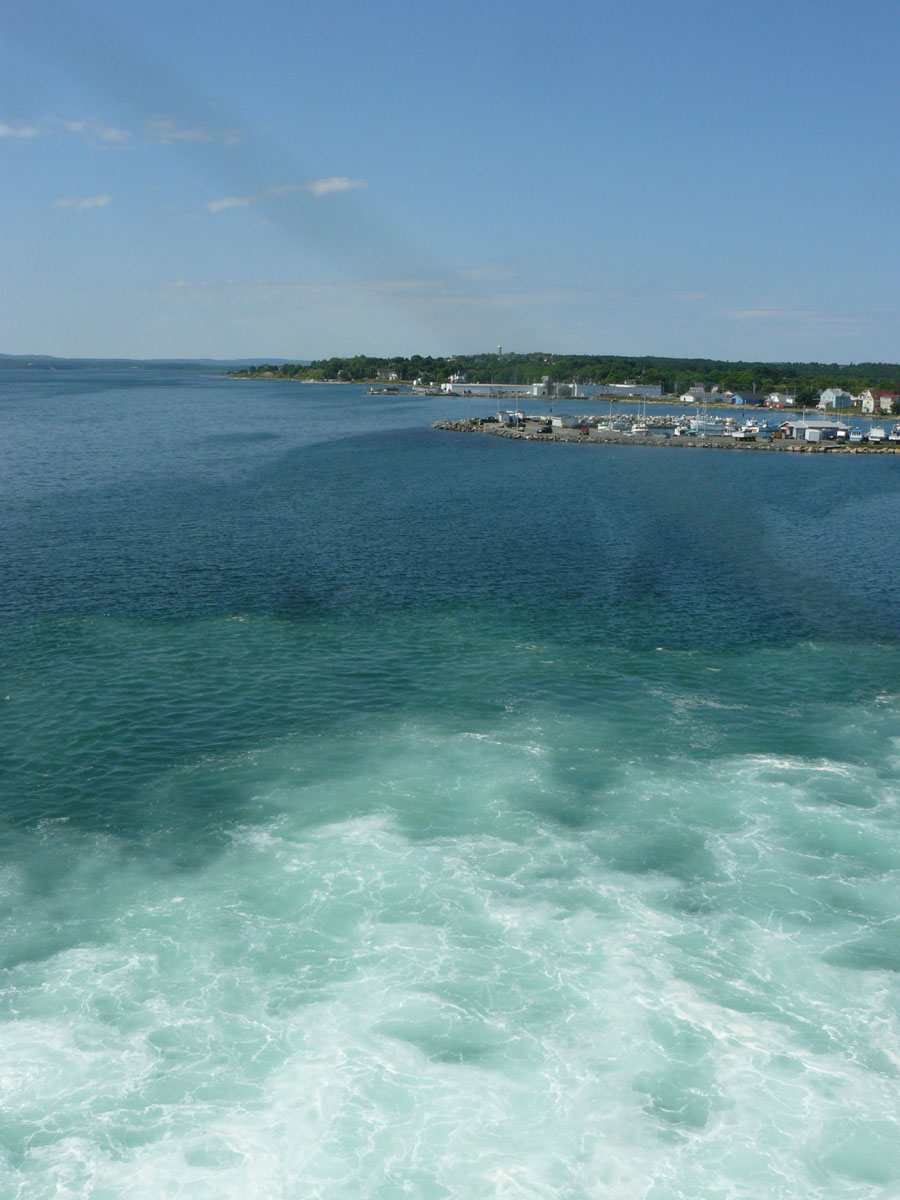 Time Taken: July 2012
Time Taken: July 2012
I’ve been an avid reader for a very long time.
I suppose you can include even my earliest years. My parents read to me a lot, and I loved it. I would ask them to read book after book, some of them over and over and over again. I’m not sure if they burned our copy of Poky Little Puppy or not, but I know they were sore tempted to. After they got sick and tired of reading me children’s books, they switched to their books. Mainly, comic books. Specifically, Elfquest. If you’ve read that series (and if you haven’t, it’s available to read online at that link), you’ll see that it does contain some concepts that would cause certain moral guardians to squawk, but then, my parents had no problem telling their kids that hey, sex and violence exists. It’s nothing over the top, and there’s a very solid and very good story that really does require things like babies being born and wars happening to work.
I suspect that early exposure to decent storytelling is what hooked me on reading.
It’s certainly what caused me to teach myself how to read.
My parent’s main problem with teaching me to read was not the actual teaching (which, admittedly, they were doing just by reading me stories and letting me follow along with the text and pictures), but getting me to admit I’d cracked the code. One of the stories they tell repeatedly was one time when Mom brought me and my sister to visit Dad at his office. I was looking around puzzled, and finally asked, “What does ra-di-o mean?” I’d seen it on the door of another office. They quickly put together two and two (or ra-di-o, if you prefer) and said “Wait, you can read?!”. To which I promptly started denying the fact. I was afraid if I admitted I could read on my own, they’d let me take over the nightly readings and stop spending that time with me. I was five at the time, after all, and just barely at that. They did keep reading to me for a bit longer, until my reading skills and independence grew to the point where I was quite happy to delve into the collection for myself.
My parents have a large book collection, containing hundreds of books. Mostly science fiction and fantasy, but with some non-fiction thrown in there. My current taste in books is, well, science fiction and fantasy plus a big heap of non-fiction. I sense a correlation. I do read a slightly different flavor of non-fiction (more geology, less math and music), and have a slightly different taste in authors, but that’s standard. I still like many of the same authors as my parents.
The photo above is of my own personal collection. Well, more like a third of it. There’s the bottom half of that bookshelf, plus another shelf half-full of larger books. I don’t have as many books as my parents do, but then, I’m younger and have yet to get a steady income. I do much of my reading out of the library. My parents used the library a lot when I was younger, though now Dad makes enough to just buy the books and support the authors. Mom also has an e-book reader that she uses heavily. I haven’t gotten one yet. The library’s still good enough for me. And I’ve only read about a third of my parent’s collection at best. Partly that’s because it’s got a lot of mid-1900’s hard science fiction, which isn’t entirely to my taste, but still, that’s a lot of potential books for me to read.
Currently I’m reading a new book Dad picked up, David Brin’s Existence, which is so far quite good and full of interesting ideas, and I’m only on page 37 out of 553. I’m also about an eighth of the way through re-reading John McPhee’s Annals of the Former World, a fascinating compilation of several shorter books he wrote over 20 years on various geologic topics. Definitely worth picking up if you want a solid look at geology written in a way that won’t crush your head with too much jargon. I might get back to it when I’m done with Existence, or I might go back to the series I was reading before that, Eric Flint’s 1632 series (or Ring of Fire, or 163x or whatever the proper name for the series is. “1632” is the title of the first book in it.) Dad’s got the first few in the series, but has yet to buy some of the later ones, so I’ve been reading them out of the library. And I’ve still got a few to go.
 Location Taken: Arcadia, Michigan
Location Taken: Arcadia, Michigan



